Toni Morrison, recently departed icon of contemporary literature, once said, “If there’s a book that you want to read, but it hasn’t been written yet, then you must write it.” Those are deeply inspirational words, particularly relevant to my own writing career because it is only out of an overwhelming need to put on my shelf the unwritten books about my chosen subjects that I am brought to pen this piece in anticipation of my latest work.
My previous book, The Cinema of Tom DiCillo: Include Me Out, was born out of frustration and desire; frustration at the lack of written consideration of a hero of American independent cinema, and desire to put that book on my shelf. I did that, so what next? Well, that’s my favourite director taken care of, now how about my favourite movie star. But unlike DiCillo, there is a wealth of literature available on Reynolds, compiled from 60 years of media scrutiny; there are two autobiographies and several old companions detailing his playboy lifestyle and penchant for the ladies.
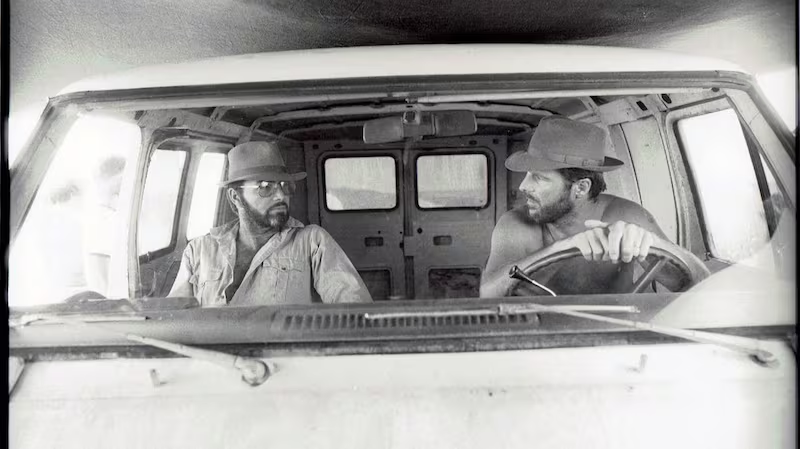
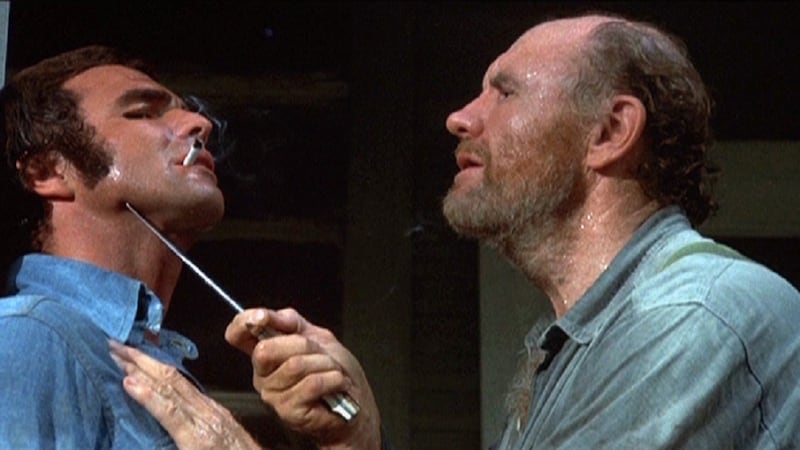
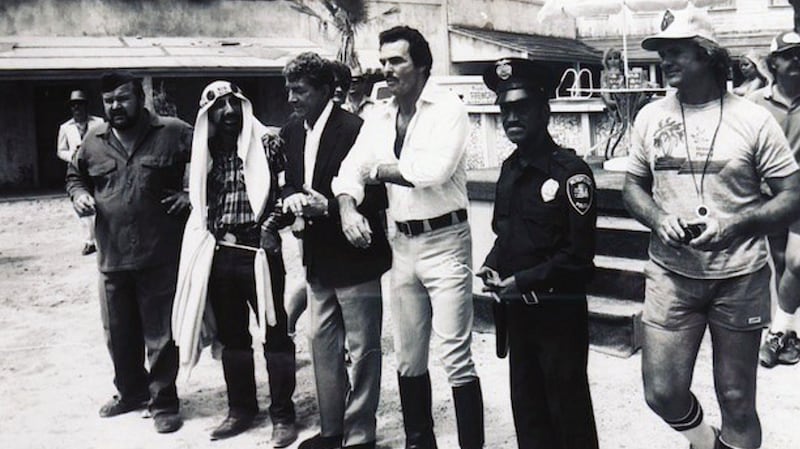
But for a man with over 100 films to his name, a wealth of television credits, and dozens of industry awards won, that there is no book on Burt Reynolds’ screen work is baffling. How could this be? Well, as I was to find out, the Reynolds oeuvre isn’t one considered very highly in the certain cultural realms. An editor from one publisher told me, with the distinct air of bourgeois bullshit, that “the films of Burt Reynolds aren’t of any cultural significance”.
It was an unfortunate response, but one which was contractually necessary for me to approach the publisher I really wanted for the project. With freedom to proceed, I proposed to McFarland and was greeted not only with the offer of a publishing deal but with the heart-warming response that they regard Burt of high value indeed, not only as a film artist of considerable esteem but a folk hero and Southern icon. My project found its spiritual home.
The initial brief for this book was an objective critical study of every film and television show Burt starred in; a colossal undertaking. However, it was rarely going to be objective, because Burt Reynolds is my favourite actor of all time and I was only ever going to gush about Stick, despite its notable flaws. I made my wish-list of actors and directors I wanted to speak to and set about contacting them. Responses ranged from the bizarre (“let’s WhatsApp!”), the baffling (a single “yes” to the interview request with no temporal agreement) and the blunt (“I would rather not comment on that film”). These interviewees would have potentially given some nice insights into the making of some films, but in most cases were one-off collaborators with Burt, so nothing of major consequence is missed.
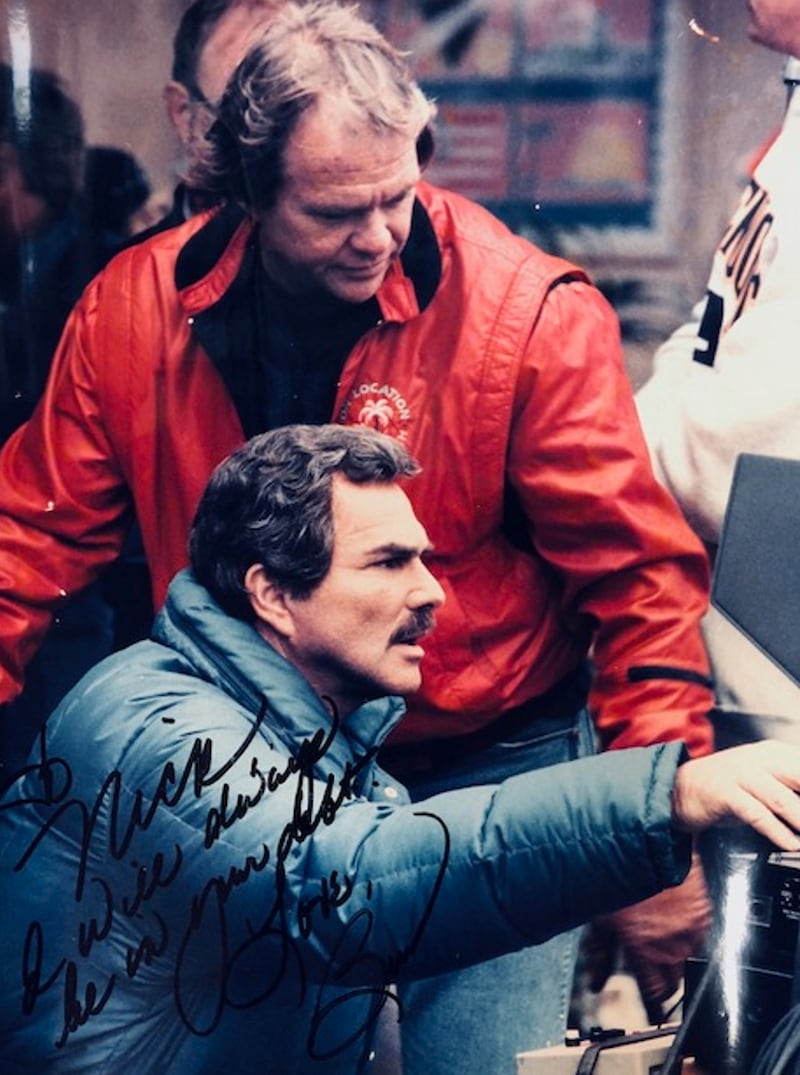
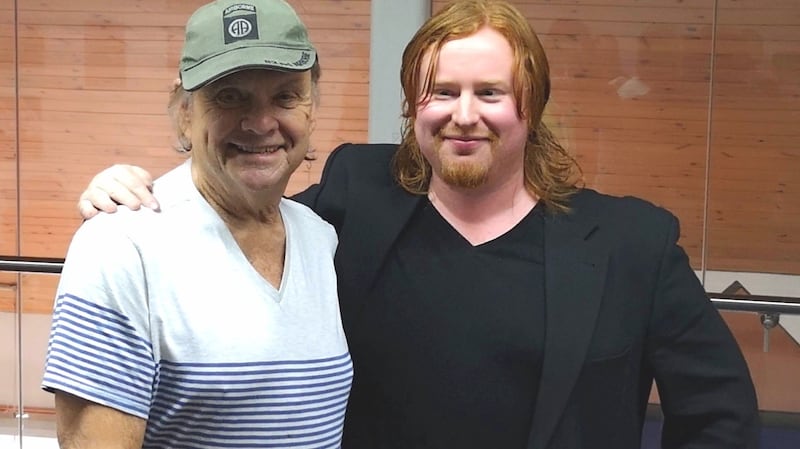
However, I was to discover the heart of the book upon meeting those who were more receptive to my endeavour. A key figure in all of this is Nick McLean. Talk about respected and beloved – Nick is responsible for some of the most indelible images of the last half-century of film and television. As camera operator he shot Spielberg’s The Sugarland Express and Close Encounters of the Third Kind, Cimino’s The Deer Hunter, Schlesinger’s Marathon Man, De Palma’s Obsession, Ashby’s Being There; he has worked with Hitchcock (on Family Plot), Altman (on McCabe & Mrs. Miller), Cukor (on Rich and Famous). As a cinematographer he brought his distinctive visual style to The Goonies, Staying Alive, City Heat, Cobra, Short Circuit and more. He reluctantly went into television as a favour to Burt as the director of photography of Evening Shade, and later went on to shoot Cybill and Friends, on which he was nominated for multiple Emmy awards.
When I contacted Nick he responded wonderfully: “Burt is a friend of mine for over 40 years. I love him. I’ll help out any way I can.” Nick has a unique perspective, having shot many of Burt films, including Sharky’s Machine, The Best Little Whorehouse in Texas, Cannonball Run II, and Stroker Ace; he was also Sally Field’s brother-in-law at the time she and Burt were dating.
Having Nick on board gave this project immeasurable credibility; he also seemed a natural choice to provide the foreword. Nick was instrumental in introducing me to people who would otherwise have avoided me like they would have avoided a National Enquirer hack. People protected Burt from media scrutiny, and rightly so, as he had a rough time with the tabloids throughout the eighties and nineties. Even people who had previously turned me down came back to me willing to talk.
“If Nick McLean says you’re alright, then you’re alright to me.” I was introduced to erstwhile hard-to-reach stars and people like Jimmy Lewis, an actor and Burt’s long-time friend and stunt double. Jimmy wrote the most eloquent afterword, entitled The Teacher and the Student, which offers a glimpse into Burt’s generosity of time and talent, detailing the importance of his acting school, the Burt Reynolds Institute for Theatre Training, which was opened in Jupiter, Florida whilst at the height of his fame and fortune.
I set out to avoid discussing Burt’s life as I wanted to only write about the films, but as I got to know Burt’s close allies, and become friends with some of them myself, I realised I now had a parallel personal story to tell. And so the book became a different beast. It is still structured as a work of film criticism and history, but the sincere words and exclusive memories of those dear to him offer much greater depth to the man than I alone could have achieved.
Now the book isn’t merely a piece of criticism, but a portrait of a man who worked through several key movements of American cinema to rise to the top and become an icon; a man who never forgot his working-class roots, choosing to give back to the community that made him while creating a rich and dense body of work. That emotional core exists thanks to my contributors.
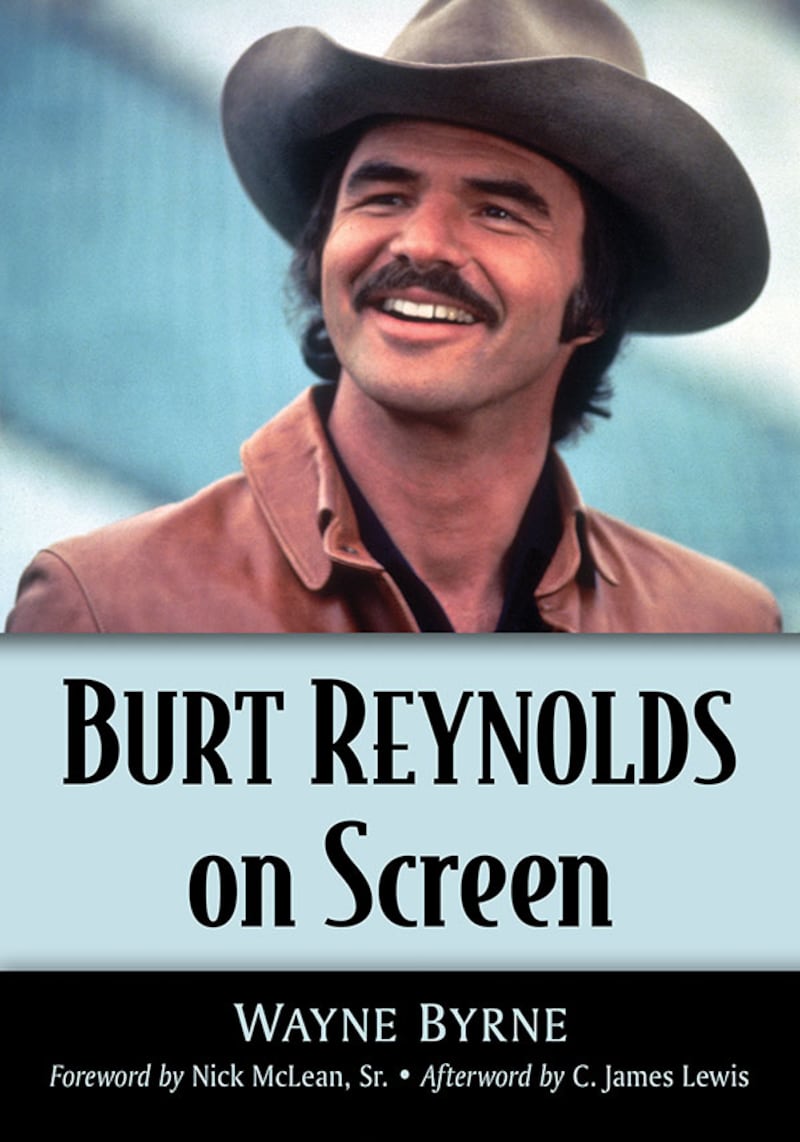
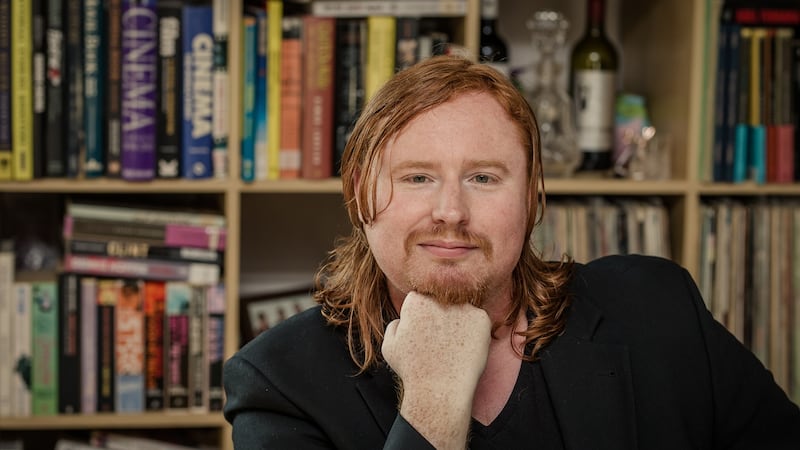
In the end, Nick McLean and I enjoyed our discussions so much that we decided to co-author a book on his career (published soon) and together toured Ireland in March. We were booked for two weeks of events which celebrated his storied career, hitting theatres, cinemas, radio stations and college campuses in Dublin, Cork, Galway and Kildare. And it's all because of Burt.
Burt Reynolds on Screen by Wayne Byrne is published by McFarland Books



















